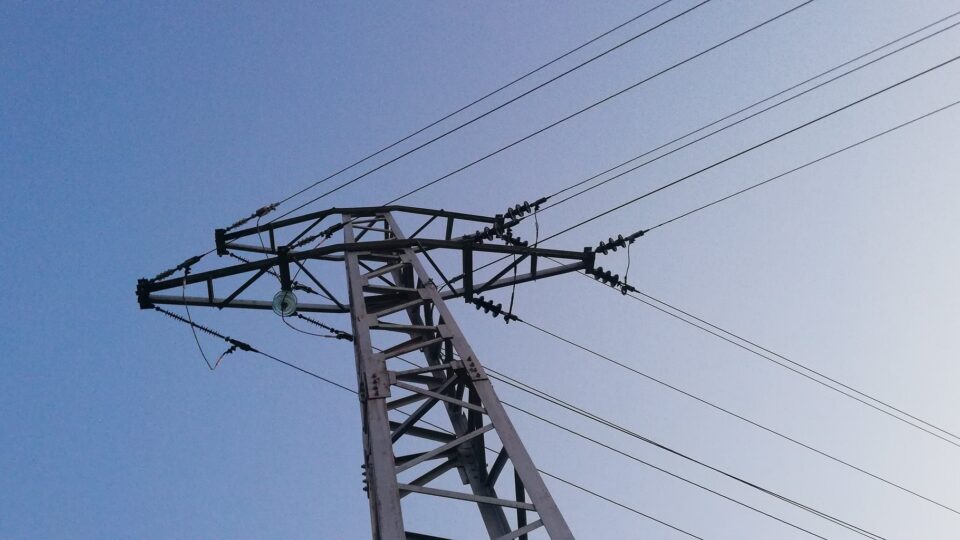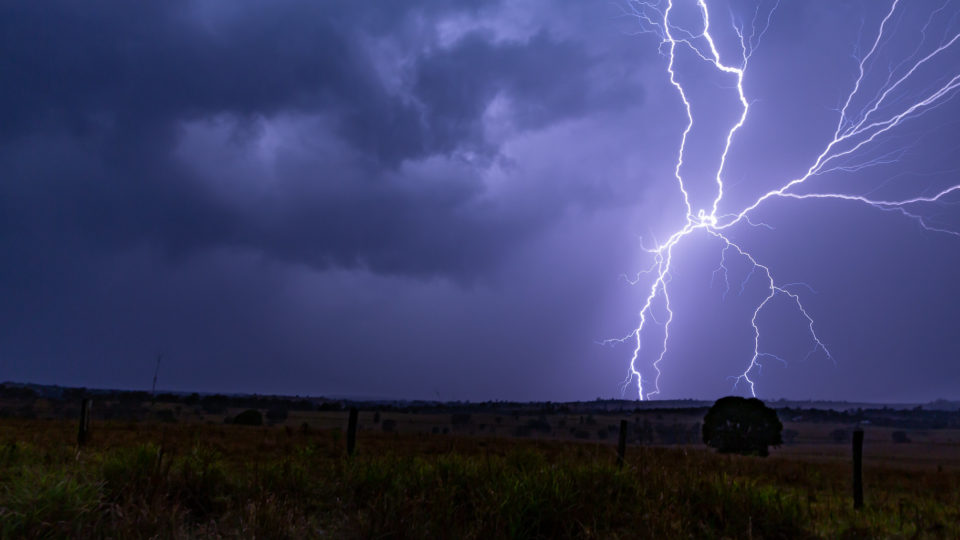It is well-known that plants and trees store enormous amounts of carbon. What has not been common knowledge is that the vast underground network of fungi across the world’s lands stores billions of tons carbon, roughly equivalent to 36% of yearly global fossil fuel emissions.
These mycorrhizal fungi form symbiotic relationships with almost all land plants. The fungi transport carbon, converted by sugars and fats by plants, into soil. They have been supporting life on land for at least 450 million years and form sprawling underground networks everywhere – even beneath roads, gardens, and houses – on every continent on earth.
An international team of scientists analyzed hundreds of studies looking at plant-soil processes to understand how much carbon is being stored by fungi on a global scale. The findings, published in the journal Current Biology, revealed that over 13 billion tons of CO2 is transferred from plants to fungi each year, more than China emits annually. This process transforms the soil beneath our feet to a massive carbon pool and constitutes the most effective carbon storage activity in the world.
Given that fungi have such a crucial role in mitigating carbon emissions, the researchers are recommending that fungi should be considered in biodiversity and conservation policies. More needs to be done in protecting the underground networks of mycorrhizal fungi. The UN has warned that human activities are degrading soils and that 90% of the world’s soils could be degraded by 2050. Not only would this obviously be very bad for the productivity of crops and plants, but we now know this could be catastrophic for curbing climate change and rising temperatures.
**********
Web Links
Photo, posted May 28, 2023, courtesy of Geoff McKay via Flickr.
Earth Wise is a production of WAMC Northeast Public Radio


